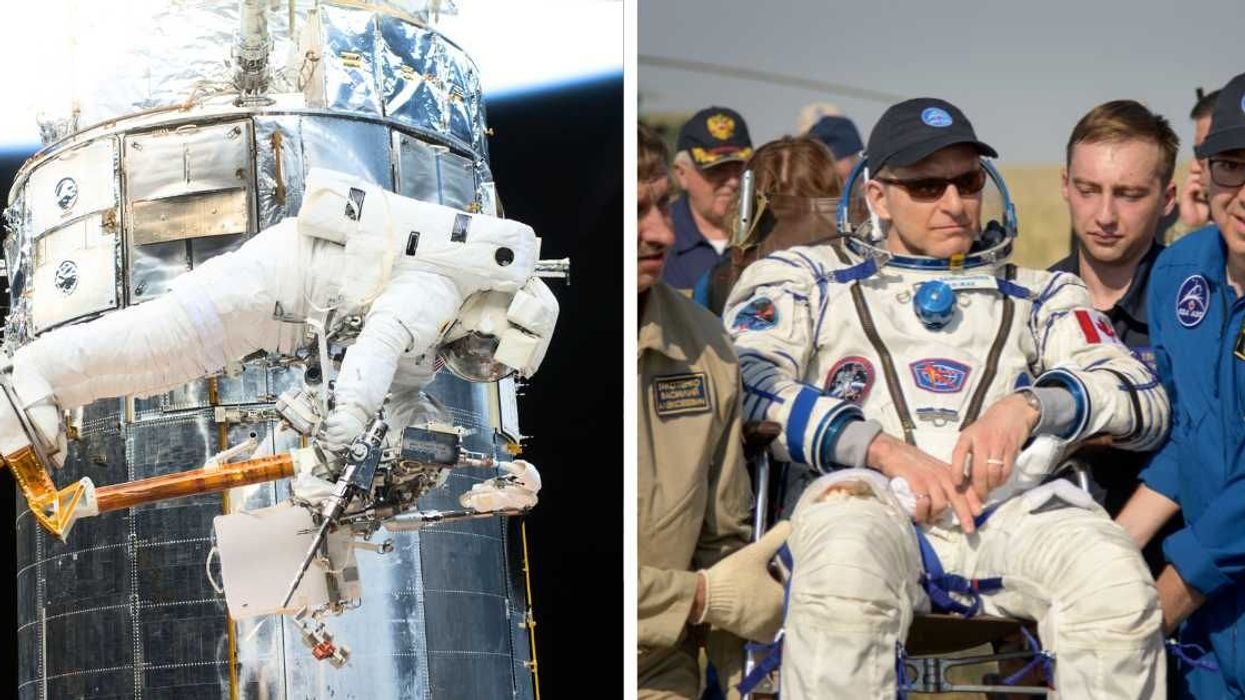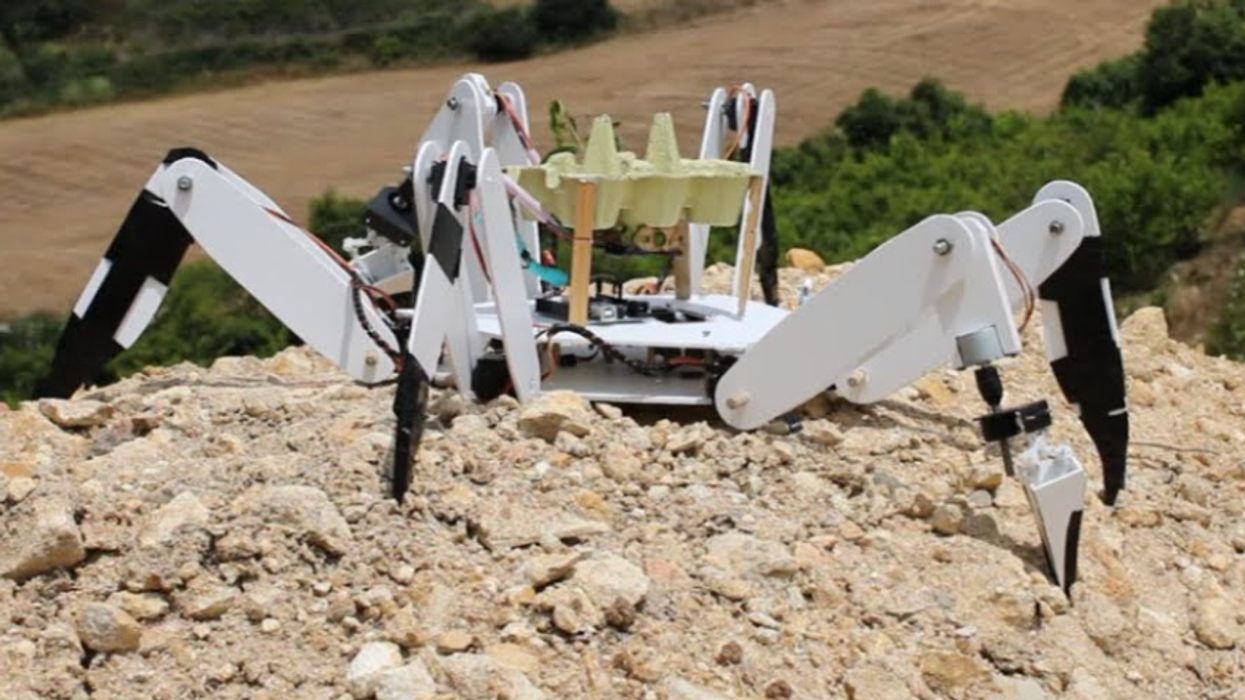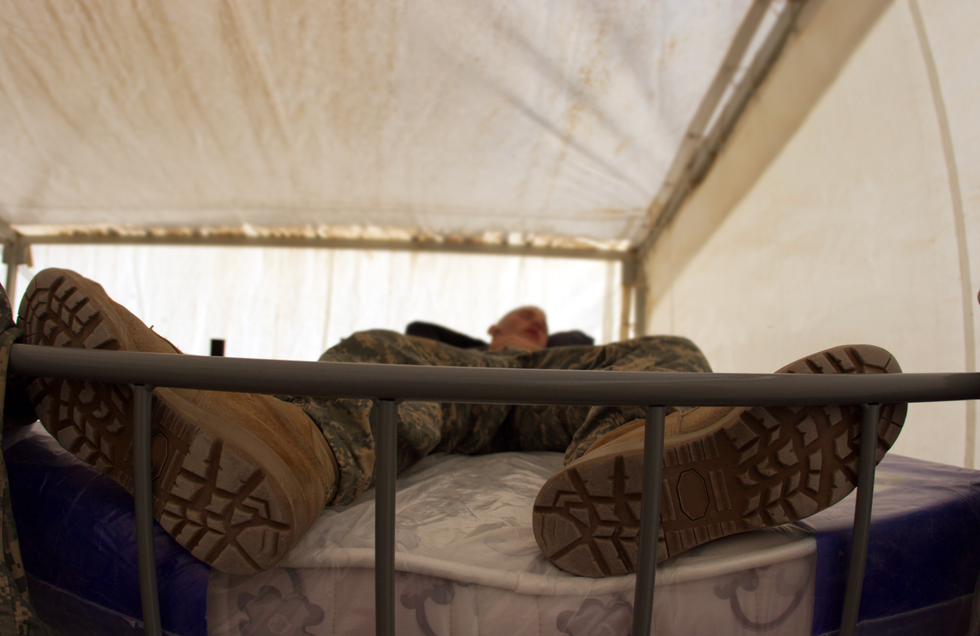Over four billion years of evolution, gravity has been a constant force shaping life on Earth. Human bodies are built to operate under gravity, and without it, severe side effects can occur. In microgravity, a person’s cardiovascular, immune, vestibular, and musculoskeletal systems all face significant challenges. NASA astronaut Andrew (Drew) Feustel (@astro_feustel) knows this firsthand. After spending 197 days in space, Feustel returned to Earth in October 2018 and found himself struggling to walk. His wife, Indira Feustel, captured his wobbly steps in a video, which Drew later shared on X, leaving viewers both surprised and curious.

In March 2018, Feustel launched for Expedition 55/56 aboard the International Space Station (ISS), a mission set to last until October 4. Along with fellow astronaut Ricky Arnold and Russian cosmonaut Oleg Artemyev, he lifted off from Baikonur Cosmodrome on the Soyuz spacecraft. During the mission, Feustel completed three spacewalks to conduct maintenance and upgrades, and the crew performed hundreds of experiments in low gravity, including investigating an air leak aboard the station. According to FirstPost, the mission was a success.

Despite the mission’s success, Feustel’s return to Earth was anything but smooth. In the caption of the video he shared on X, he wrote, “Welcome home #SoyuzMS09! On October 5th this is what I looked like walking heel-toe eyes closed after 197 days on @Space_Station during the Field Test experiment...I hope the newly returned crew feels a lot better.” The clip shows his fragile and limping body struggling to put one foot after the other. He walks in a wobbly manner with his arms crossed across his chest.
Spacewalks might seem like a sci-fi dream to most, but after watching Feustel’s video, many were surprised by the reality. People wished him a quick recovery and expressed curiosity about the episode. @HSwaminath commented, “Astronaut’s baby step!” @heriansyax said, “That’s why god invented gravity.” Deputy Chief Scientists at ISS, Donna Brooks (@brainsonmars) explained, “Changes in brain structure during long-term spaceflight may play a role in the problems with equilibrium that astronauts experience when they come back to earth.”
Feustel’s struggle to walk wasn’t because of his body’s inactivity while in space. According to Science Alert, the ISS is equipped with several machines to give astronauts a full-body workout. On average, they spend two hours a day using them. Before their spaceflight, they are even trained in buoyancy. But even after all this exercise, the astronauts’ bodies take at least three to four years to fully recover after returning to Earth from the microgravity environment of ISS. In fact, after just two weeks in space, an astronaut’s muscle mass can fall by as much as 20%, and on longer missions of three-to-six months, it can fall by 30%, per BBC. Also, their spines elongate slightly, and their weight can be shed in rapid numbers. Plus, fluids in the body can shift upwards due to lack of gravity, and trigger vision problems.
Like Feustel, NASA astronaut Scott Kelly, who spent 340 days onboard the ISS, reported 7% body mass loss while in orbit. Episodes like these often raise concern for the future spacefaring missions that space agencies may conduct in the gravityless environments of the Moon, Mars, and beyond.





















 A soldier relaxes on his bedCanva
A soldier relaxes on his bedCanva Gif of a child breathing deeply via
Gif of a child breathing deeply via 
 Take a moment to forget the world outside the headphones and just relax.
Take a moment to forget the world outside the headphones and just relax.  Lean back and unwind to the right music.
Lean back and unwind to the right music. 

